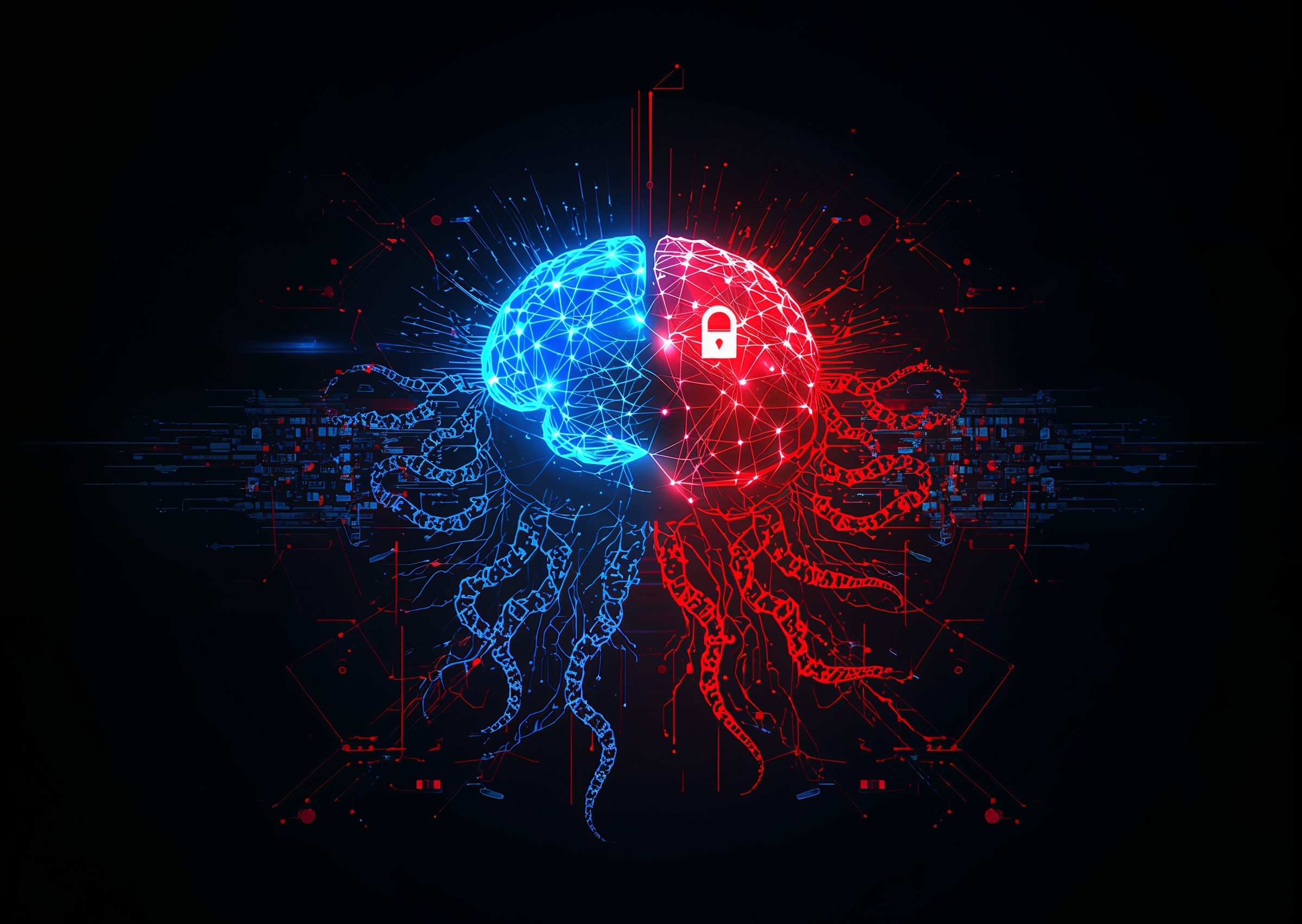Cybersecurity researchers have raised alarms about a new wave of AI-powered ransomware that uses artificial intelligence to automate every phase of the attack lifecycle. Unlike traditional ransomware, these variants can identify high-value targets, adapt in real time, and optimize encryption based on network behavior all with minimal human input.
Experts warn that this evolution could dramatically change the ransomware landscape, turning small-scale operations into large-scale automated extortion campaigns.
How AI Enhances Ransomware Efficiency
AI integration transforms ransomware from a static tool into an adaptive ecosystem. Machine learning algorithms enable malware to:
-
Identify valuable targets: AI analyses organizational data, privilege levels, and backup presence to prioritize systems most likely to yield ransom.
-
Automate lateral movement: Instead of pre-coded paths, AI-driven modules map network topology and propagate dynamically.
-
Evade detection: Advanced behavioral models adjust runtime signatures to bypass endpoint detection and response (EDR) tools.
-
Optimize encryption timing: AI algorithms monitor CPU load and network activity, ensuring encryption occurs when least likely to be detected.
By automating these functions, threat actors can run simultaneous operations with unprecedented scale and speed.
The Rise of Autonomous Attack Frameworks
Several underground forums now promote “AI-as-a-Service” kits that integrate ransomware frameworks with open-source machine learning libraries. These kits use generative AI to write polymorphic code, generate fake phishing lures, and even negotiate ransom payments through chatbot interfaces.
This shift toward automation reduces the need for technical expertise among attackers. Cybercrime groups can now leverage rented AI tools to orchestrate attacks with minimal human intervention.
Security researchers predict this will lower the barrier to entry, leading to a surge in ransomware incidents across mid-sized organizations and critical infrastructure sectors.
Real-World Examples and Emerging Threats
Recent threat intelligence reports have observed early-stage AI-driven ransomware in the wild. While not yet fully autonomous, these prototypes demonstrate alarming capabilities:
-
Adaptive phishing emails: AI models craft personalized messages using scraped data from LinkedIn and public profiles.
-
Smart payload deployment: Malware selects the most profitable files to encrypt, prioritizing proprietary or financial data.
-
Dynamic evasion: The code rewrites sections of itself when encountering security tools, delaying analysis and increasing dwell time.
These developments show that attackers are no longer experimenting they are operationalizing AI to refine ransomware delivery and impact.
Why AI-Powered Ransomware Is Harder to Stop
Traditional defenses rely heavily on signature detection and static indicators of compromise. AI ransomware undermines this model by evolving constantly.
Machine learning also allows attackers to simulate normal user activity, making network behavior analysis less reliable. Combined with automated decision-making, this removes the predictable patterns that defenders depend on.
For security teams, the challenge lies in identifying behaviors that appear human but operate at machine speed near-instant target discovery, encryption, and exfiltration.
Mitigation Strategies for Security Teams
-
Adopt AI-driven defense tools. Combat automation with automation by deploying EDR and XDR platforms that use machine learning to detect abnormal activity.
-
Monitor behavior, not signatures. Focus on patterns such as simultaneous file encryption, privilege escalation, and anomalous API calls.
-
Harden critical data assets. Segment high-value systems and maintain offline backups to limit AI-driven propagation.
-
Use deception technologies. Deploy decoy files and honeypots designed to confuse AI models and delay attacks.
-
Train personnel. While the threat is automated, the first line of defense remains human staff awareness reduces successful phishing entry points.
AI-powered ransomware represents a pivotal point in the cyber-threat landscape. Its ability to self-learn, adapt, and scale means traditional response times will no longer suffice.
The cybersecurity community must accelerate the integration of artificial intelligence into defense strategies. Collaboration between vendors, researchers, and enterprises will be critical to staying ahead of adversarial AI.
FAQ
Q1: What makes AI-powered ransomware different from traditional variants?
A1: It uses artificial intelligence to automate target selection, lateral movement, and evasion, minimizing human control and increasing attack precision.
Q2: Can AI really improve ransomware efficiency?
A2: Yes. Machine learning optimizes encryption, predicts defense behavior, and modifies payload execution in real time, increasing success rates.
Q3: How can organizations defend against it?
A3: Adopt AI-driven detection systems, apply network segmentation, maintain offline backups, and use behavioral analytics instead of static rules.
Q4: Is AI ransomware already in use?
A4: Early versions have been detected. They’re still semi-autonomous but already use adaptive phishing, evasion, and smart encryption tactics.
Q5: What’s the long-term risk?
A5: Fully autonomous AI ransomware could operate without command-and-control servers, making detection, attribution, and prevention significantly harder.











3 thoughts on “AI Ransomware Revolution: What Security Teams Must Know”